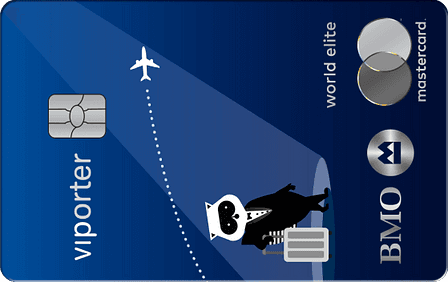
Will Your Credit Card Work After Getting Washed?
Published July 16, 2024
•
Last updated June 13, 2025
4 min read
We've all been there.
You are doing your laundry and realize you have left something important in your pocket. Some spare cash, a business card, or maybe your Credit Card!
The good news is your credit card probably survived, but in this post, we will go into detail on what to do after you make this mistake and why your credit card will function correctly after a trip through the washing machine!
The ultimate question is, will credit card work after getting washed?
Water Resistance
Credit cards are not entirely waterproof, but they're highly resistant to water damage. This means they can withstand being submerged in water for short periods of time, such as an accidental dip in the pool or washing machine, without significant impact.
The non-plastic components are sealed within the epoxy resin, which means even salt water can't reach the metal components within.
Heat Damage
While credit cards can handle a wash cycle, they are sensitive to heat.
If they happen to make their way into a dryer, there is a higher chance that they could be damaged because of the much higher temperature of the dryer.
The plastic part of credit cards can warp under high temperatures, completely ruining them and making them unusable. They can't survive temperatures above 135°F or 57°C, while the metallic chip on the credit card can withstand temperatures up to 350°F or 177°C.
Fully metallic parts are more durable than plastic cards, but we encourage you not to throw them into washing machines as they still can sustain damage to the chip!
Want to earn $1,000 MORE in credit card rewards?
Grab your free guide to learn how to maximize the credit card rewards you earn
.png&w=3840&q=100)
Chemical Resistance
Credit cards are also designed to withstand chemicals, both alkaline and acidic. The epoxy resin coating can withstand chemicals such as cool hydrochloric acid, so any detergents used in the washing machine should be well protected. Bleach can soften epoxy resin, but only in high concentration, so even this should be fine if mixed with your wash.
What to Do If You Wash Your Credit Card
If you've accidentally washed your credit card, don't panic. Take a deep breath and know that you're card has likely survived.
The best thing to do is use a cloth or paper towel to dry the card and let it completely dry off at room temperature. If you believe that the card was in the water for an extended period of time and water might have made its way into the internal electrical parts of the card, use an absorption method (like a bag of dry rice) to draw the moisture away.
DO NOT APPLY HEAT TO THE CARD!
One of the biggest mistakes made is to try to heat the card to make it dry faster.
For example, with a hair dryer. The plastic parts of the card can't withstand high temperatures and will become unusable.
FAQ
What is the Credit Card Composition which makes it resistant to water?
Credit cards are designed to withstand everyday wear and tear, including the occasional wash. The plastic body of the card is made of polyvinyl chloride (PVC) or polycarbonate and coated in an epoxy resin. This makes the card incredibly durable and provides a strong base for the EMV chip and magnetic strip. The EMV chip, which holds the credit card information and encryption technology to protect against fraud, is embedded within the plastic and covered by the epoxy resin. The magnetic strip on the back of the card holds the card's information in a static magnetized pattern.
So, will credit card work after getting washed?
In summary, your credit card will likely survive if it accidentally goes through the wash. It's less likely to still work after going through the dryer, but even then, it may still be okay to use – as long as it hasn't-hasn't been warped or scratched. Always remember to check your pockets before doing laundry to avoid any potential damage to your cards.
Remember, while your credit card may survive a wash, other items like your phone or electronic car keys might not be as lucky. So, always double-check those pockets before starting a load of laundry!
Trending Offers

Scotiabank Gold American Express® Card

BMO VIPorter World Elite Mastercard®∗

Tangerine World Mastercard

Tangerine Money-Back Credit Card

BMO VIPorter Mastercard®∗

Scotiabank Preferred Package Chequing for Student and Youths
What's on this Page